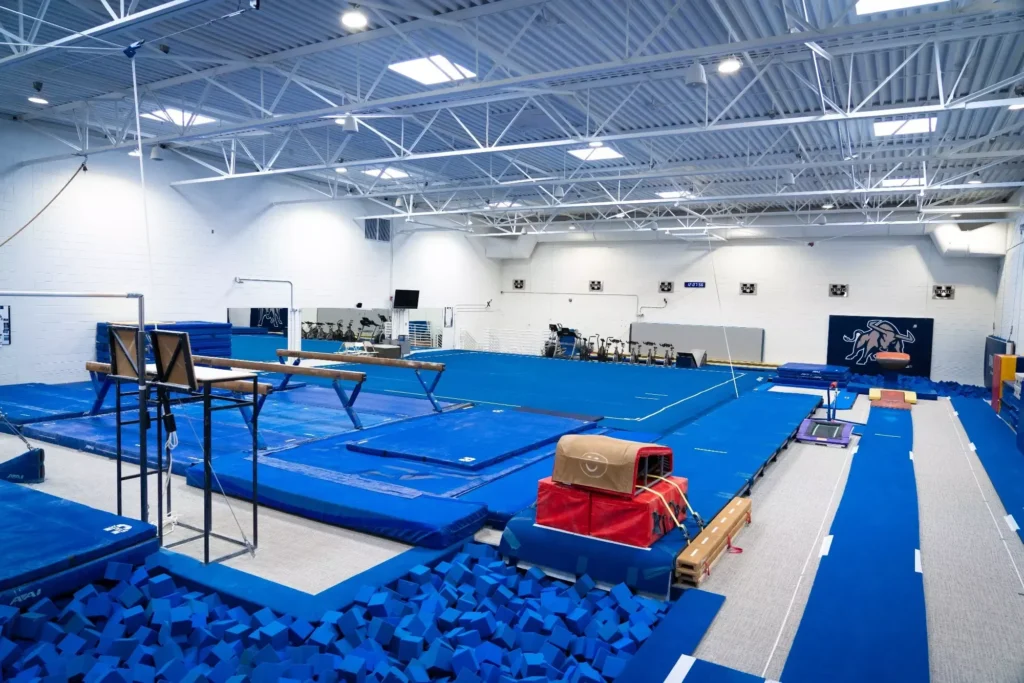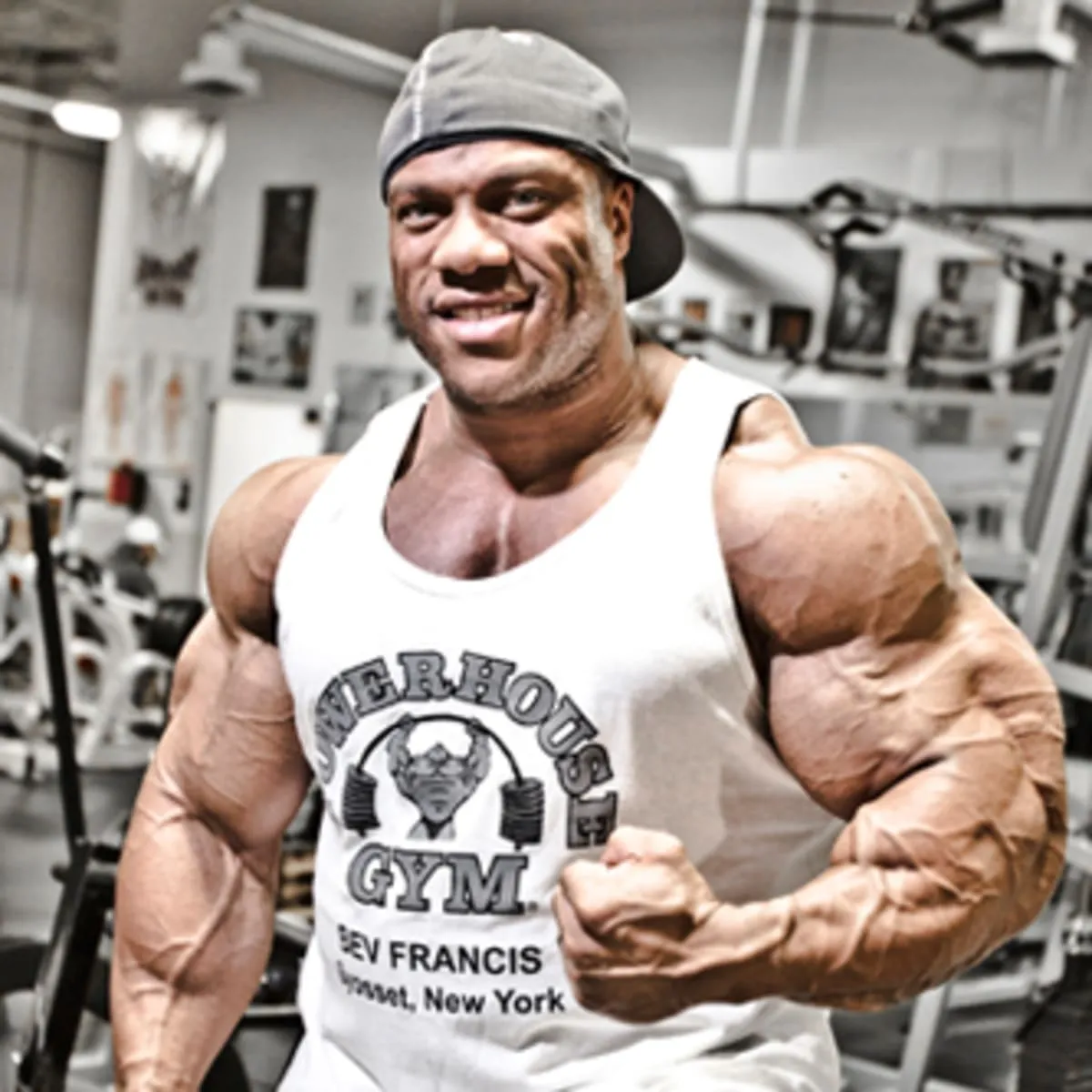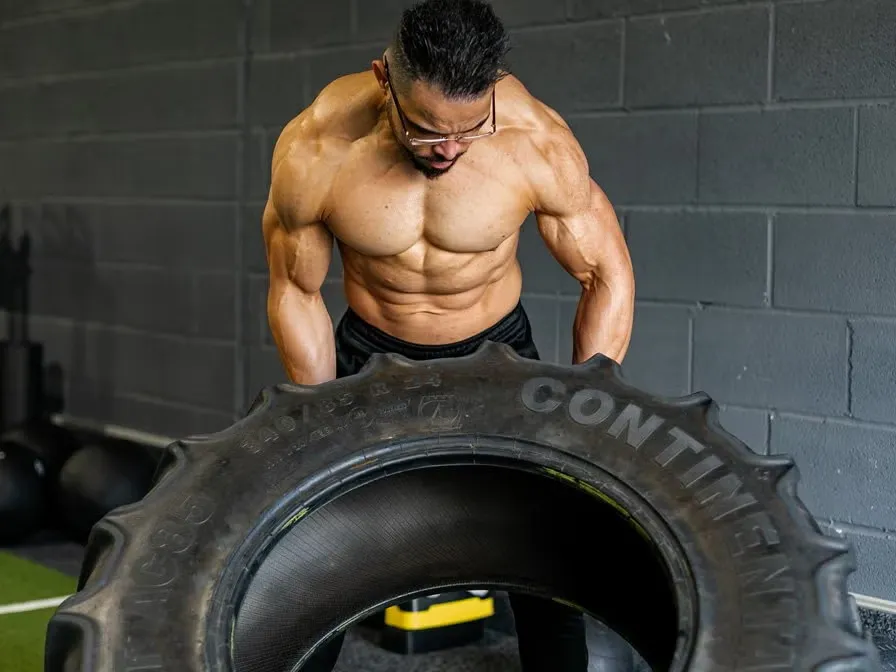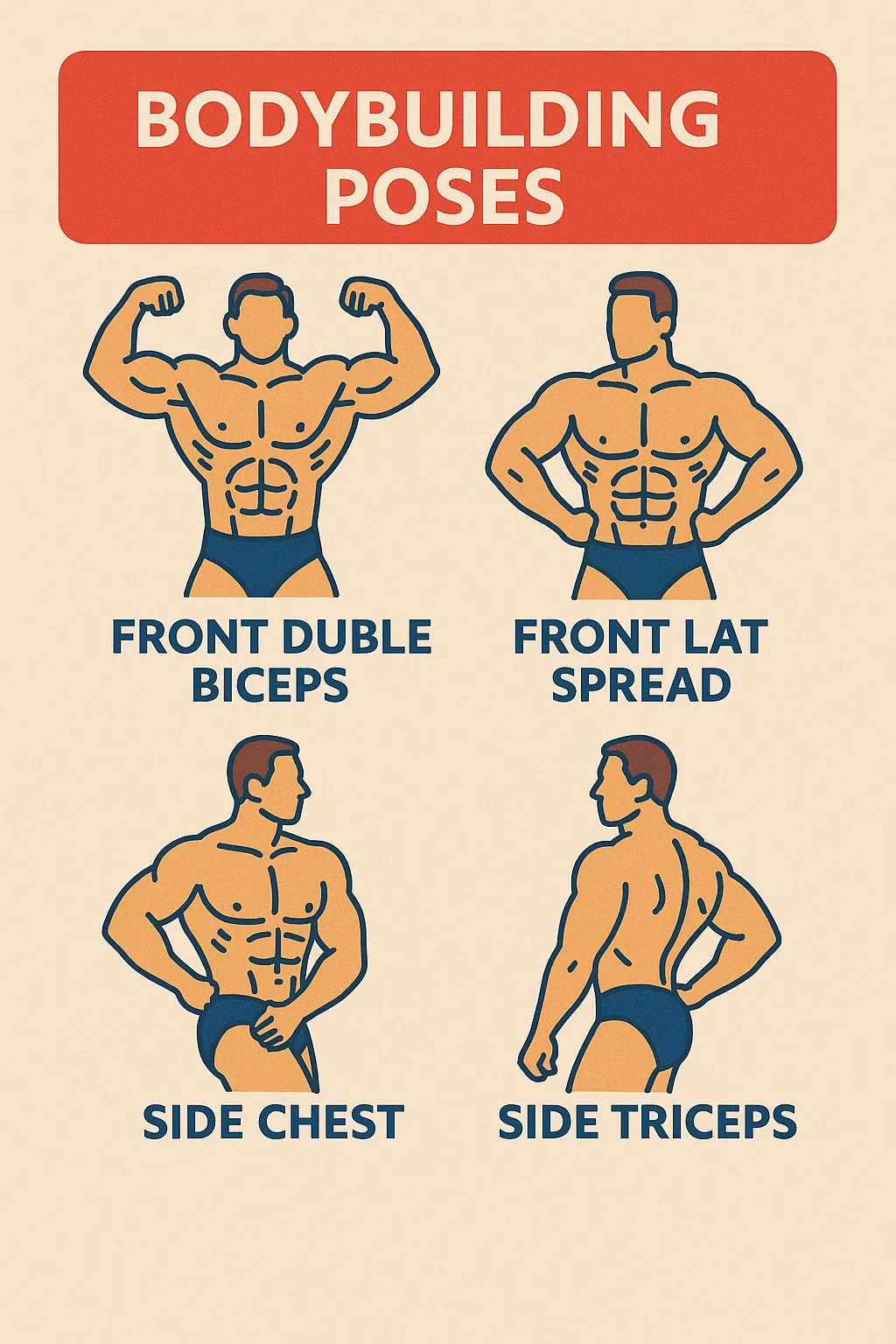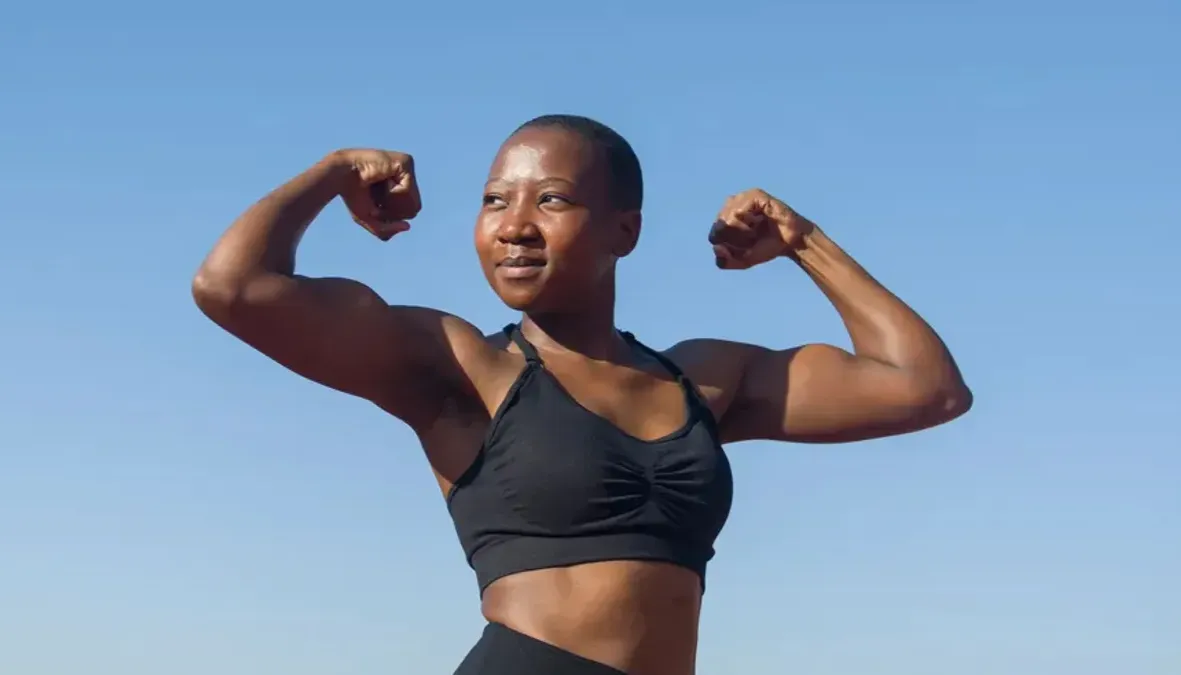Gymnastics is one perfect sport that requires strength, agility, and flexibility. Of the many skills the gymnasts go through, the flexible moves are outstanding for their beauty and complication.
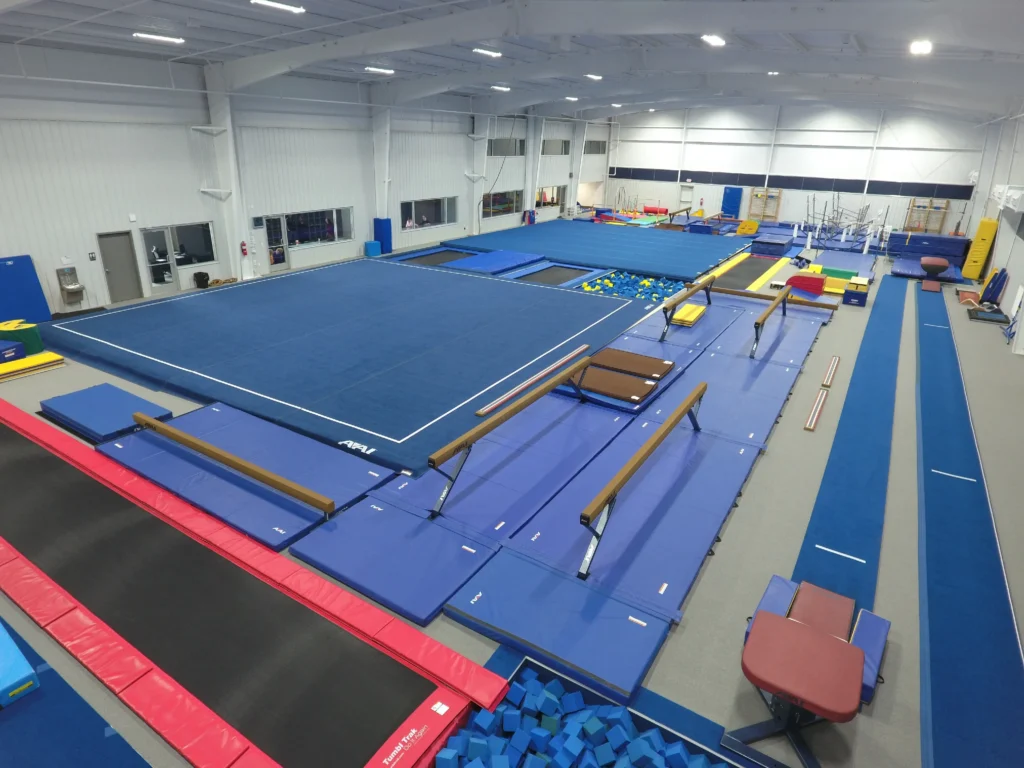
What are these flexible gymnastic moves, and why are they important? This article covers all that you should know, starting from the benefits down to examples and tips on how to master them.
What are Flexible Gymnastics Moves?
Flexible gymnastics moves refer to various positions and techniques that require a high degree of flexibility in their executions. Flexibility is a critical aspect of gymnastics, which ultimately allows gymnasts to perform with grace and control. Aside from adding grace to the performances of a gymnast, these moves also prevent injuries by aligning the body accordingly.
Flexibility is something that is developed over time with constant practice and stretching. Some gymnasts may have flexibility as a natural gift; however, one can enhance their range of motion through practice and the right techniques.
Importance of Flexibility in Gymnastics
Flexibility is an indispensable part of gymnastics due to the following reasons:
• Better Performance: A flexible gymnast might be able to perform skills in a far more fluid-like and graceful style. This also might translate back into better competitive scores.
• Injury Prevention: A flexible body can provide support for any impact and greatly reduce the probability of strains or sprains since flexibility allows the body to adapt according to different moves without overstretching the muscle.
• Range of Motion: Flexibility increases the range of motion within the joints, which is essentially required during the performance of complex skills such as flips and turns.
• Aesthetics: Gymnastics is not only about athleticism; it is also an art. Flexible moves add to the beauty of routines, hence making them more pleasing to watch.
Some Examples of Flexible Gymnastics Moves
Following are some of the popular flexible moves which gymnasts commonly use in their routines:
1. Splits
Splits are probably one of the most recognizable flexible moves. This position requires a gymnast to extend their legs in opposite directions either front to back or side to side. To master this position, stretching and strengthening should be done consistently.
2. Backbends
In this move, the back will be arched in a standing or lying position. It would help increase spinal flexibility, further enhancing strength in the muscles along the back.
3. Bridge
This will have the gymnast lying on her back in a bridge position, lifting the hips, and bending arms, and legs. The move will help in opening up the chest and shoulders while working the back and core simultaneously.
4. Scorpion
The scorpion is a more advanced movement that balances on one leg and draws the other leg back and up to touch the head with the foot where possible. There is a lot of flexibility in this movement, but also a great deal of control.
5. Panther Pose
Another excellent stretch is the panther pose. The gymnast moves one leg forward while the other extends to the back. This position loosens the hips and is a common part of warm-ups.
Flexibility Tips
To help you improve flexibility for flexible gymnastics moves, here’s how to enhance your flexibility safely:
1. Warm Up
Always start with a proper warm-up in which the muscles are prepared for stretching. Light cardio such as jogging or jumping jacks increases blood flow to the muscles after a few minutes.
2. Stretch Often
Stretching should be worked into daily activities. Both dynamic stretches (moving stretches) and static stretches (holding positions) must be focused on for consistency in improving flexibility.
3. Use Proper Technique
When doing flexible moves, use the correct technique to avoid injuries. Consider working with a coach or experienced gymnast who can provide guidance and feedback.
4. Listen to Your Body
Pay attention to your body during the stretch if it starts to hurt, let up and modify the stretch to an easier one. This will prevent injury from overstretching.
5. Hydrate Your Body
Adequate water intake contributes a lot to the recovery of muscles, which is essential for general performance. Hydration may also contribute to the elasticity of the muscles.
Final Thoughts
Flexible gymnastics moves mean a great deal to both the performance and safety of a gymnast. By improving their flexibility, gymnasts are capable of perfecting their skills without getting hurt and of building aesthetic routines. Patience and practice in the right direction will help anyone work their way toward mastering these spectacular moves.
Be it for a fresher or an experienced gymnast, flexibility training will go a long way in helping one achieve his or her aims in this beautiful sport of gymnastics. So get started today to see how flexibility can take your gymnastics to a higher level!

